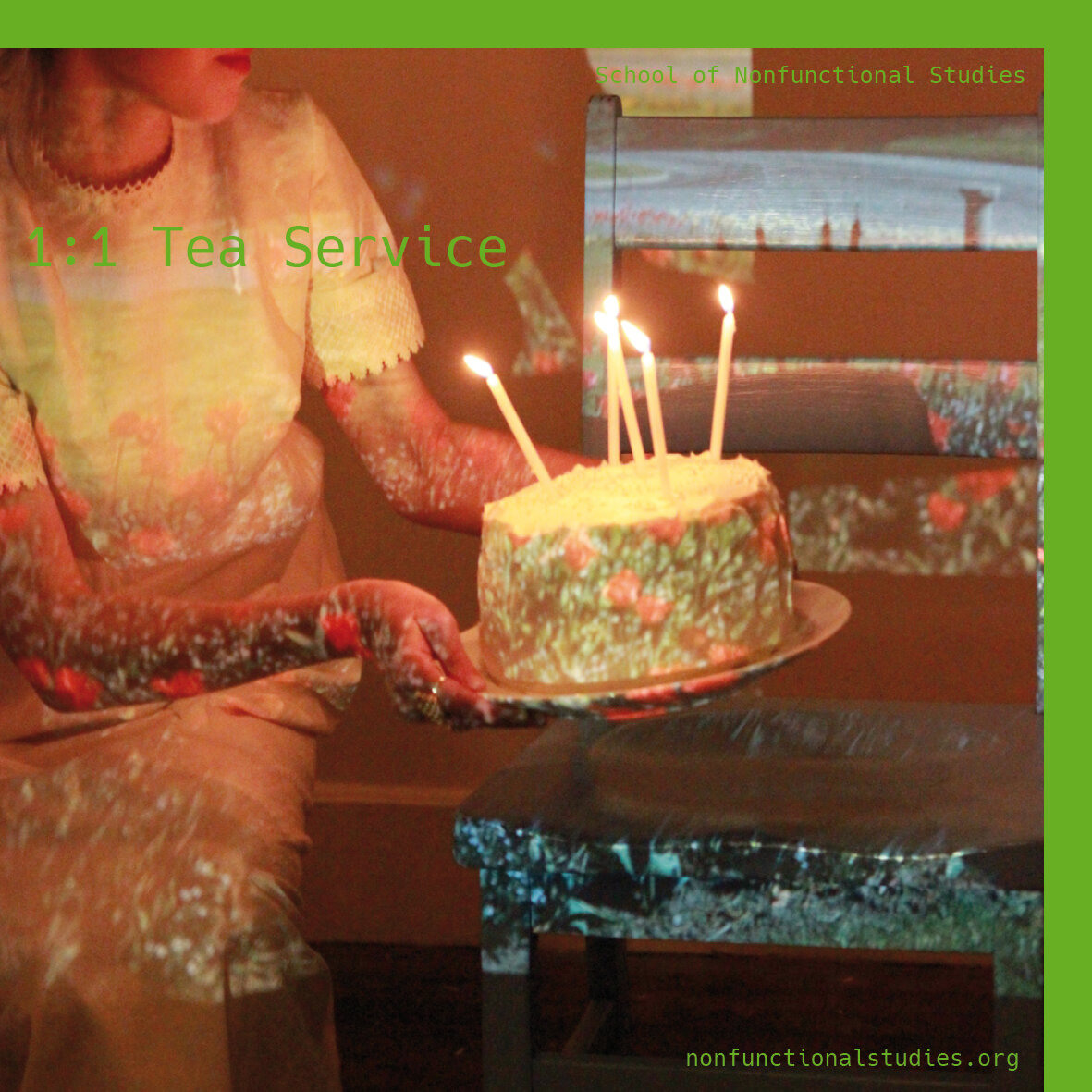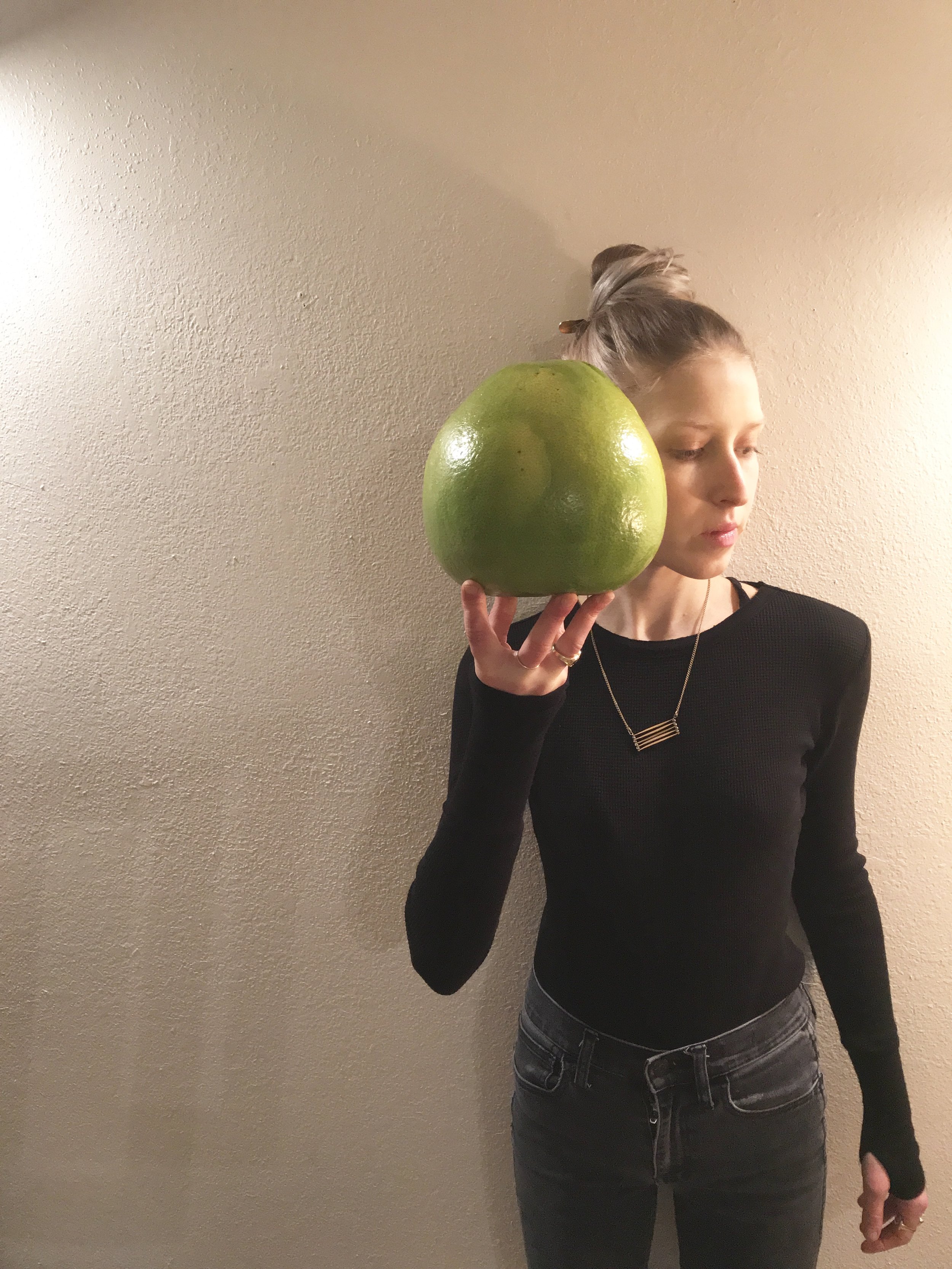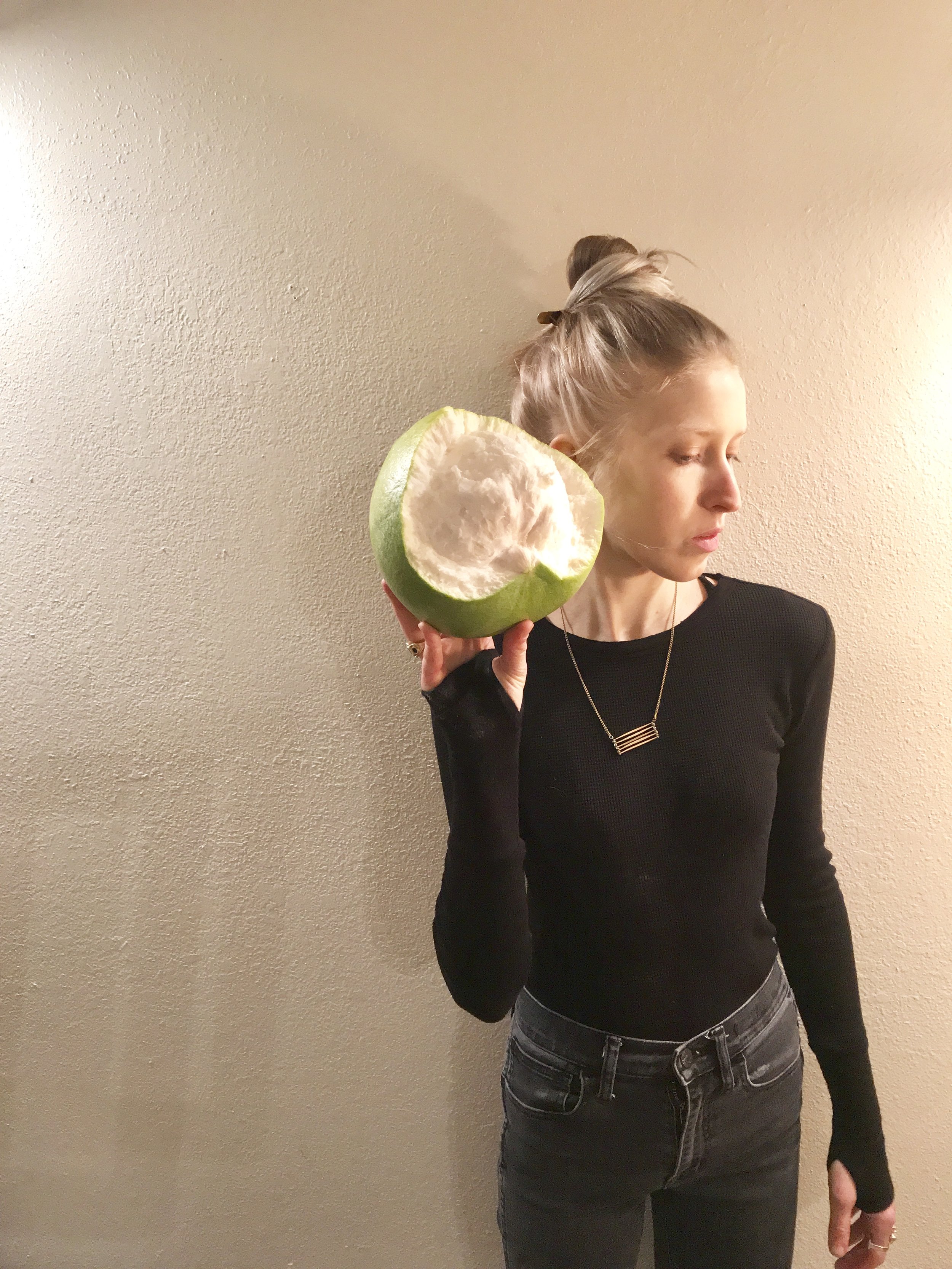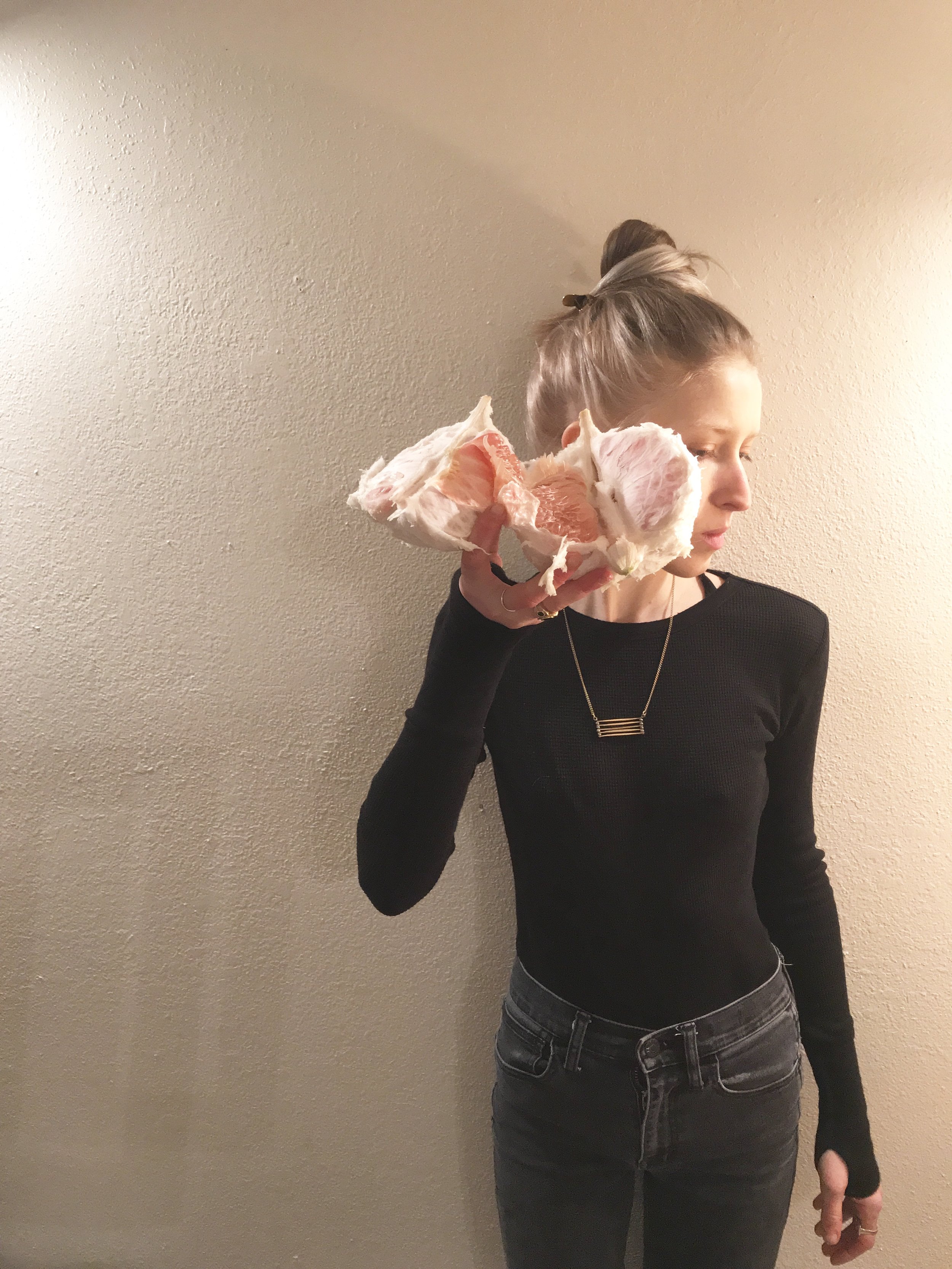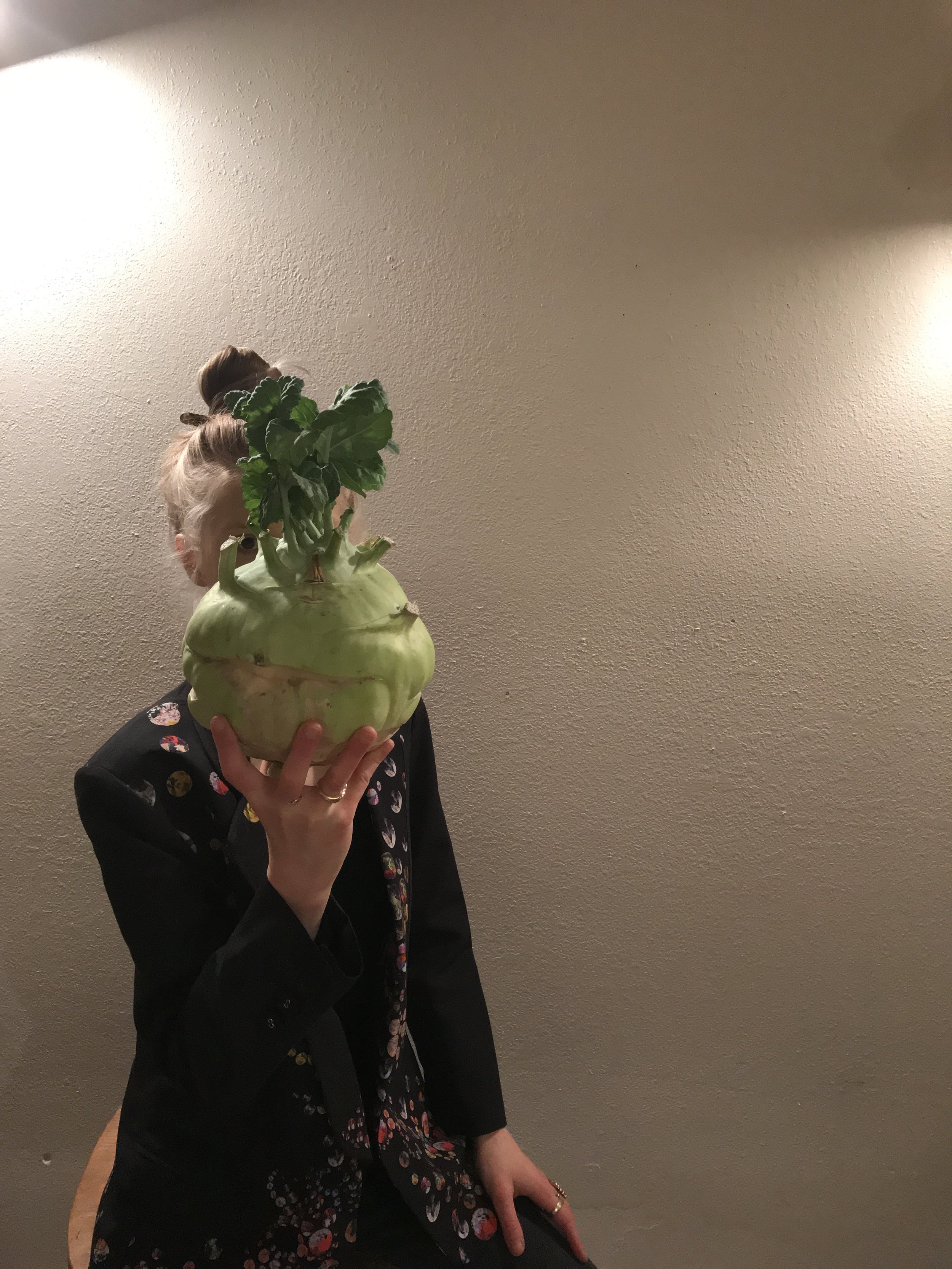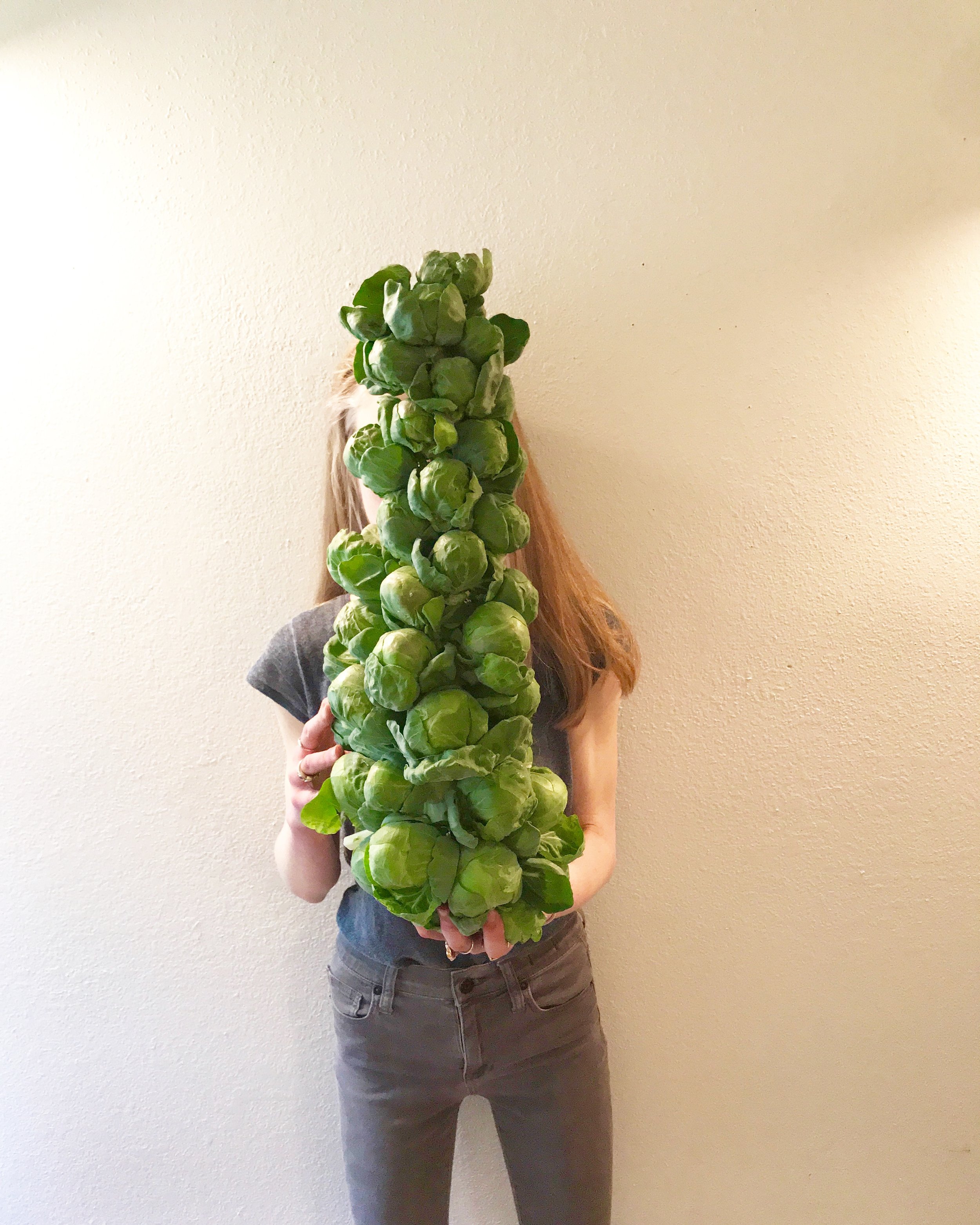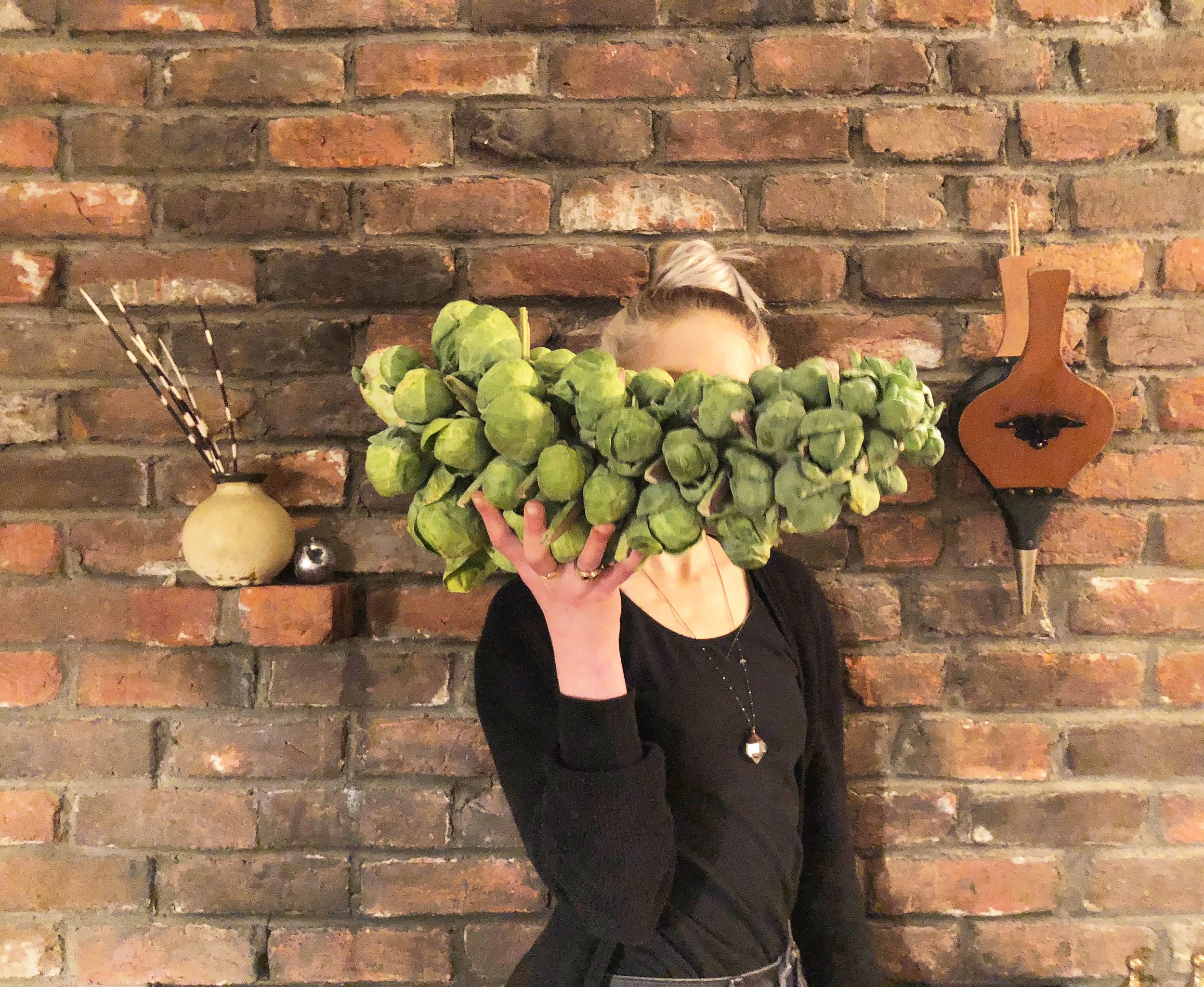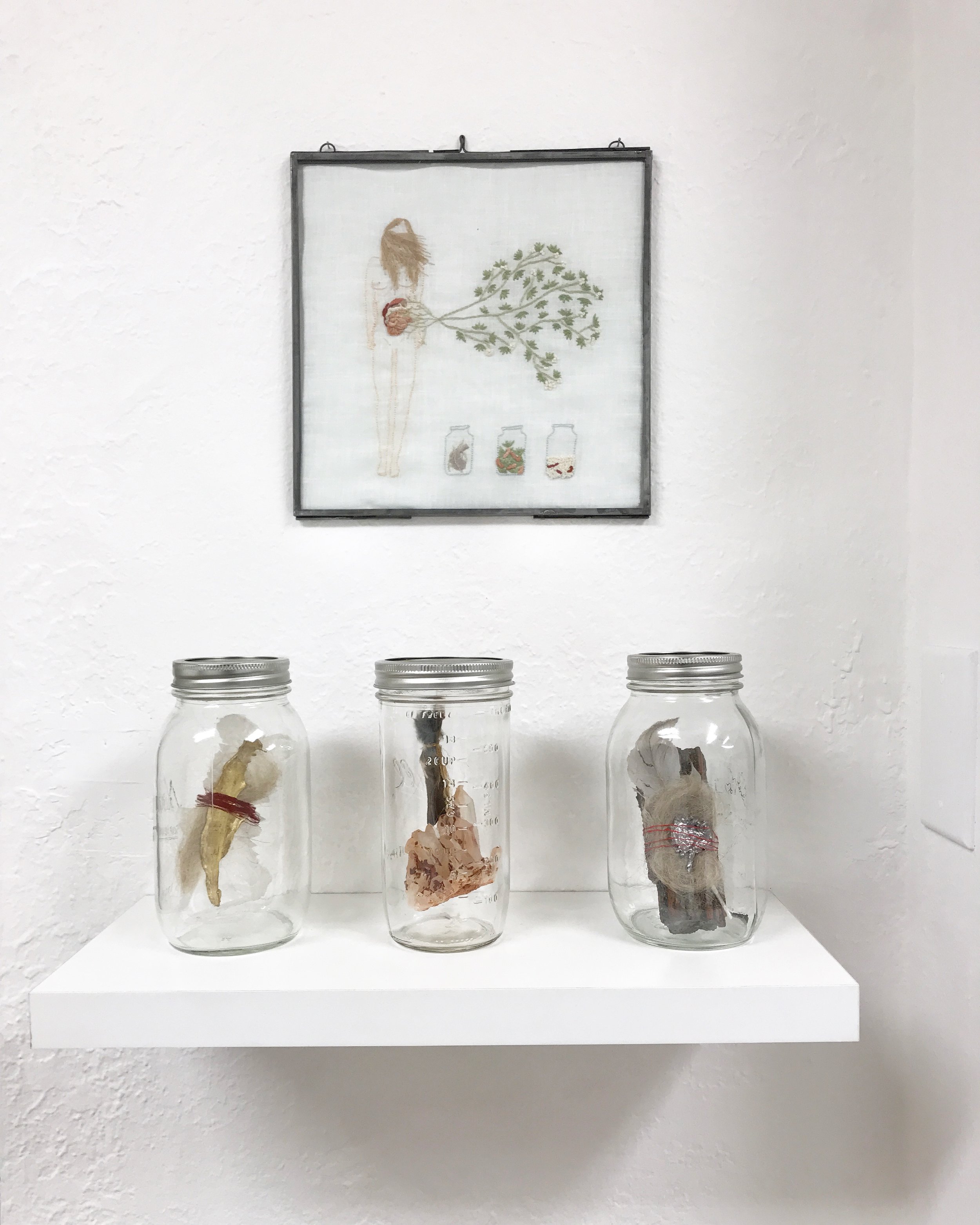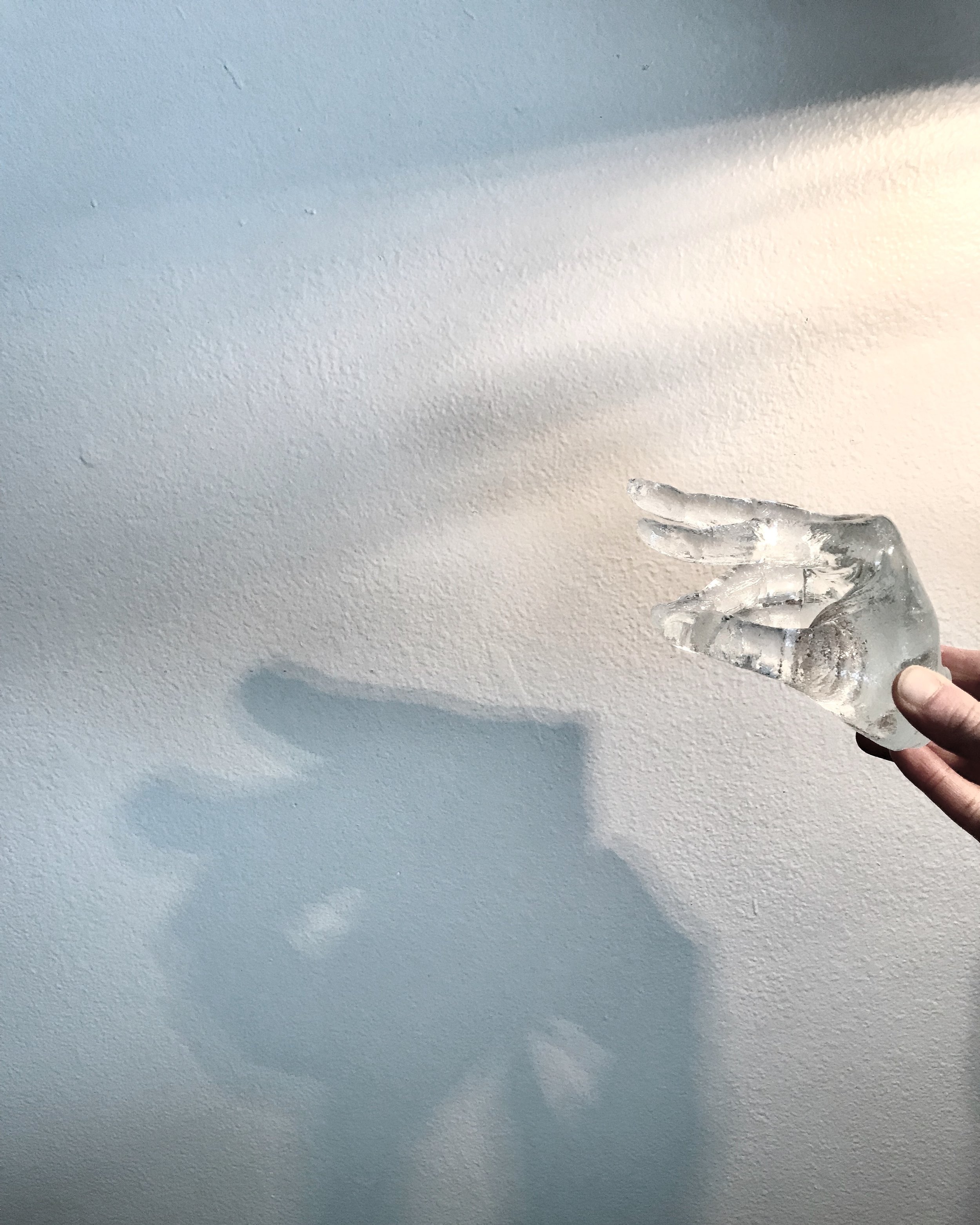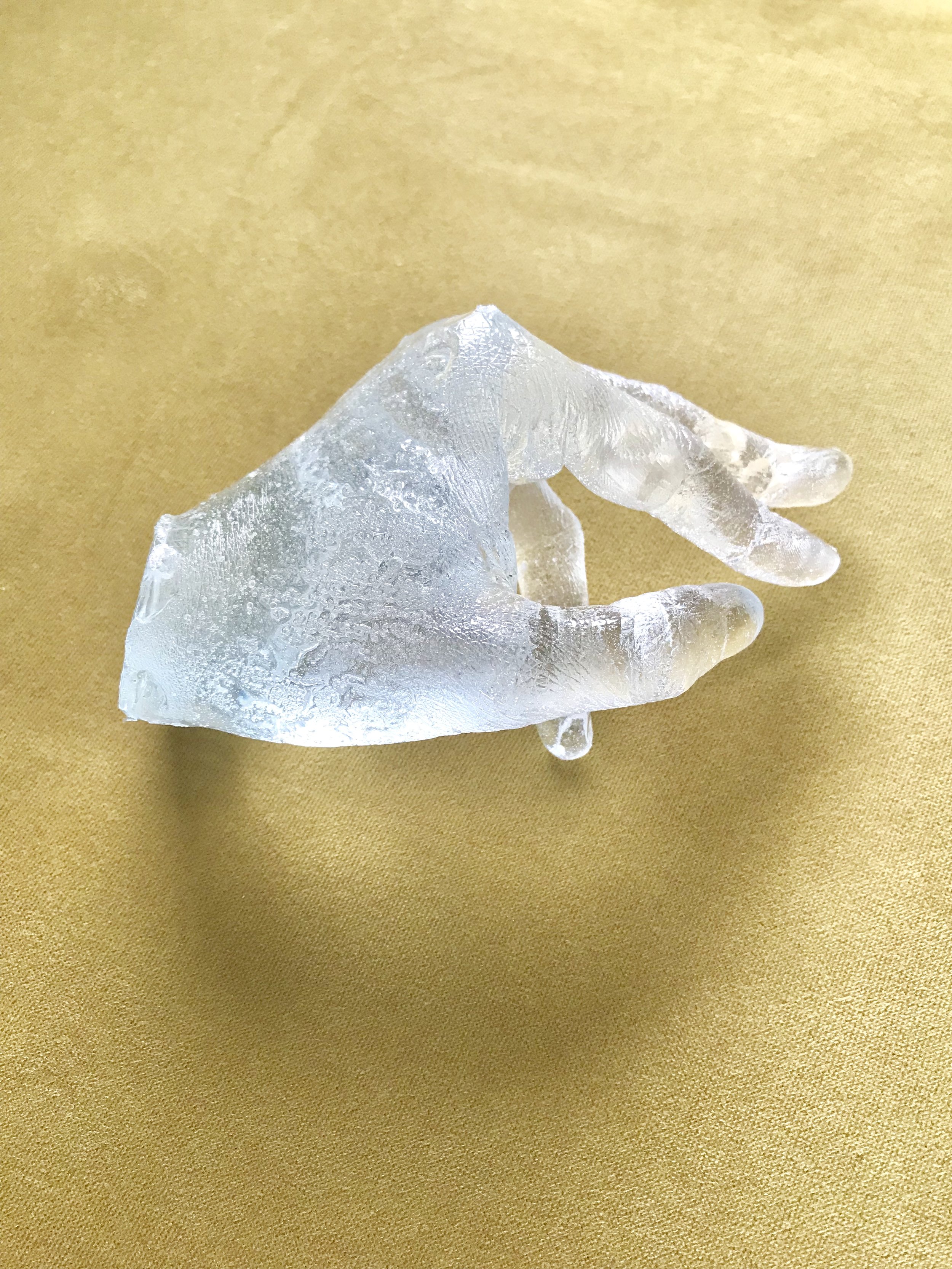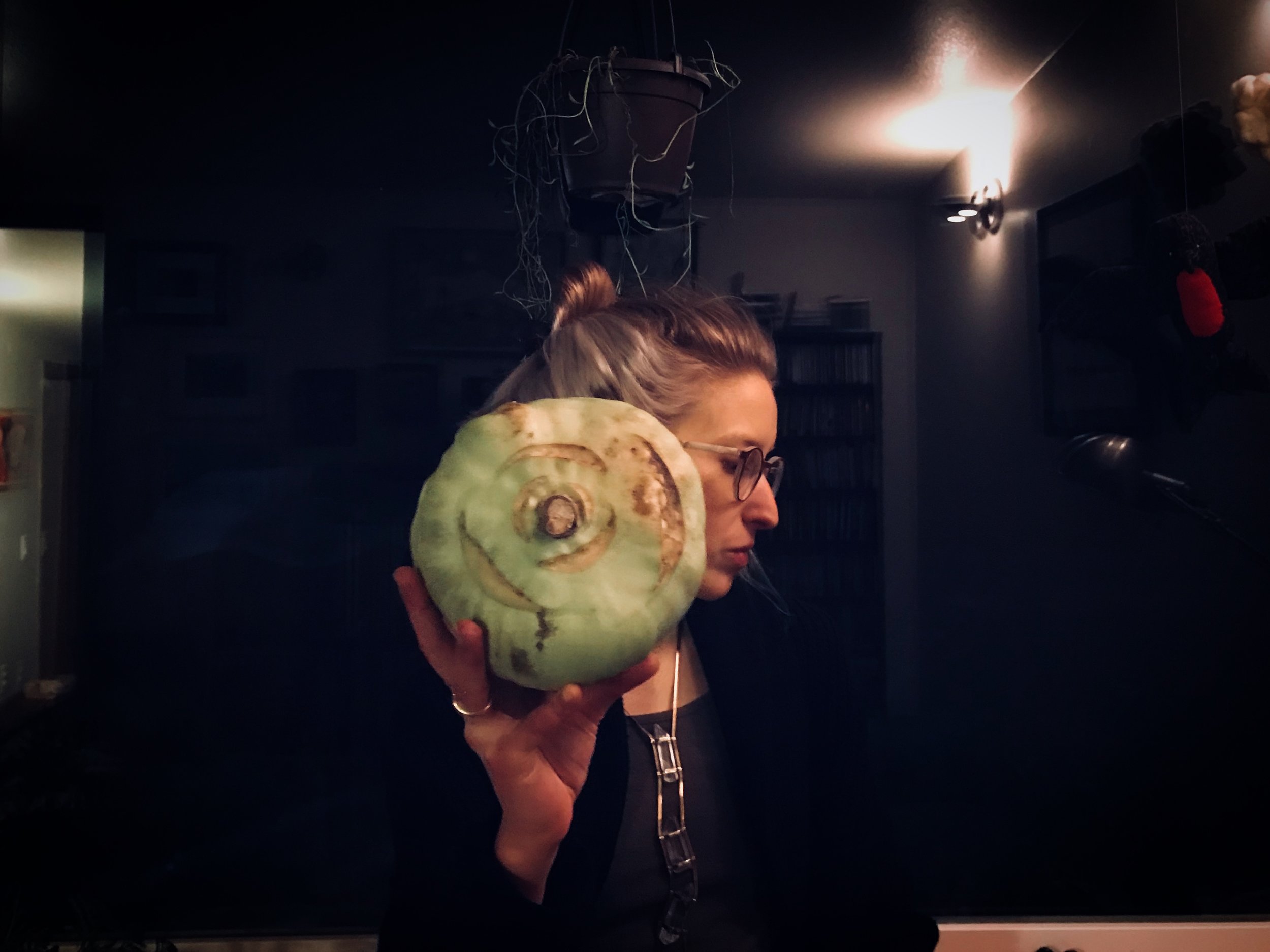As you may know, UAA is facing very dramatic reductions. Please read about plans here:
https://www.uaa.alaska.edu/academics/office-of-academic-affairs/ay-20-expedited-program-review-status.cshtml
In the set of programs set for reduction is the deletion of the UAA Creative Writing MFA program, of which I am a part.
However, these recommendations are not final. There is still time to voice your thoughts in a survey with only 3 questions open to community members here.
https://uaa.co1.qualtrics.com/jfe/form/SV_dbtkKmOcHSVepmd
Select specific program and select the program you are passionate about saving, I am writing to you about this MFA program, but if you care about other programs being cut, please voice those opinions as well. Choose 'program specific' and offer your comments in less than 500 characters. You can fill it out as many times as you want, I believe.
Every response counts. Numbers of responses will make a difference. Forward to your friends and colleagues.
Don't stop with this survey. Write to your representatives, the accrediting body (which will have to review these decisions), members of the Board of Regents, and Provost Stalvey (jstalvey@alaska.edu).
The UAA Creative Writing MFA supports writers at every level to professionalize, gain employment and opportunity in our state and far beyond. Developing and sustaining a rich literary community is also fundamental to fostering a meaningful critical dialogue and skilled articulation of the experience of our place.
Fundamentally, the Creative Writing MFA supports creative, critical thought. It supports students find their own voices and bring those important voices into the world to lift up issues and ideas that may change humans who might change the world.
This program creates space for critical, creative dialogue and rigorous re-imaginings of our futures.
In your response, your perspective on what this (or whichever) program adds to our place is important. I am aware that employability (post graduation) and economic impact are of particular interest.
You will see on the program review website the provost suggests that the Fairbanks MFA is an alternative, however the UAA MFA low residency program is unique in the format which allows for working professionals to further develop, grow, and gain opportunities. It also attracts writers from beyond the state, building a dynamic literary network and connecting writers around the nation to opportunities. This program, now currently run by the truly stalwart, brilliant, kind, and generous David Stevenson, produces graduates who contribute to their communities, and actively consider how the literary arts can and should be part of the social, cultural, political, and economic landscapes of which they are members.
Though these recommendations have been made, the proposal still has stages of review. So, now is the time, share your thoughts before March 18th. Speak up for the value of strong writing and literary contributions.
With gratitude,
Hollis










